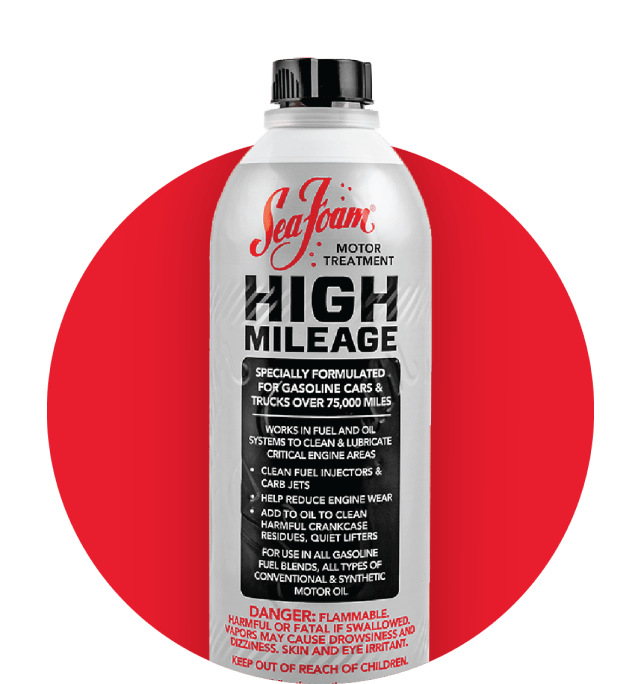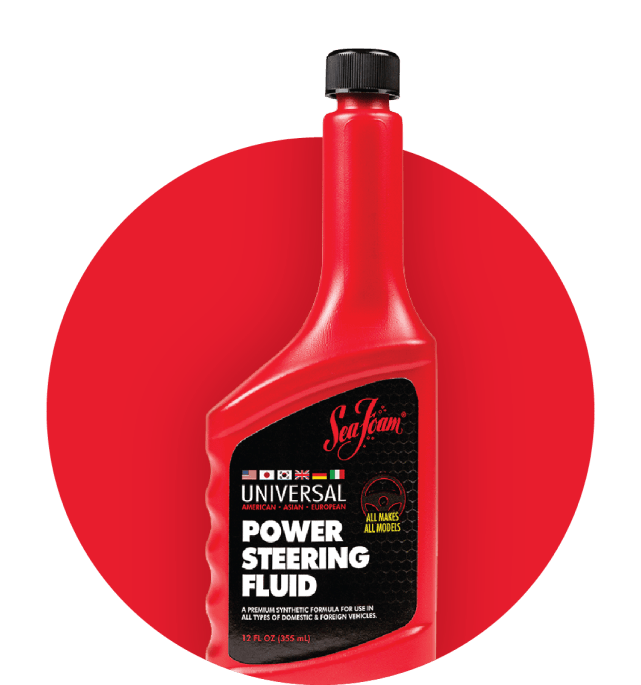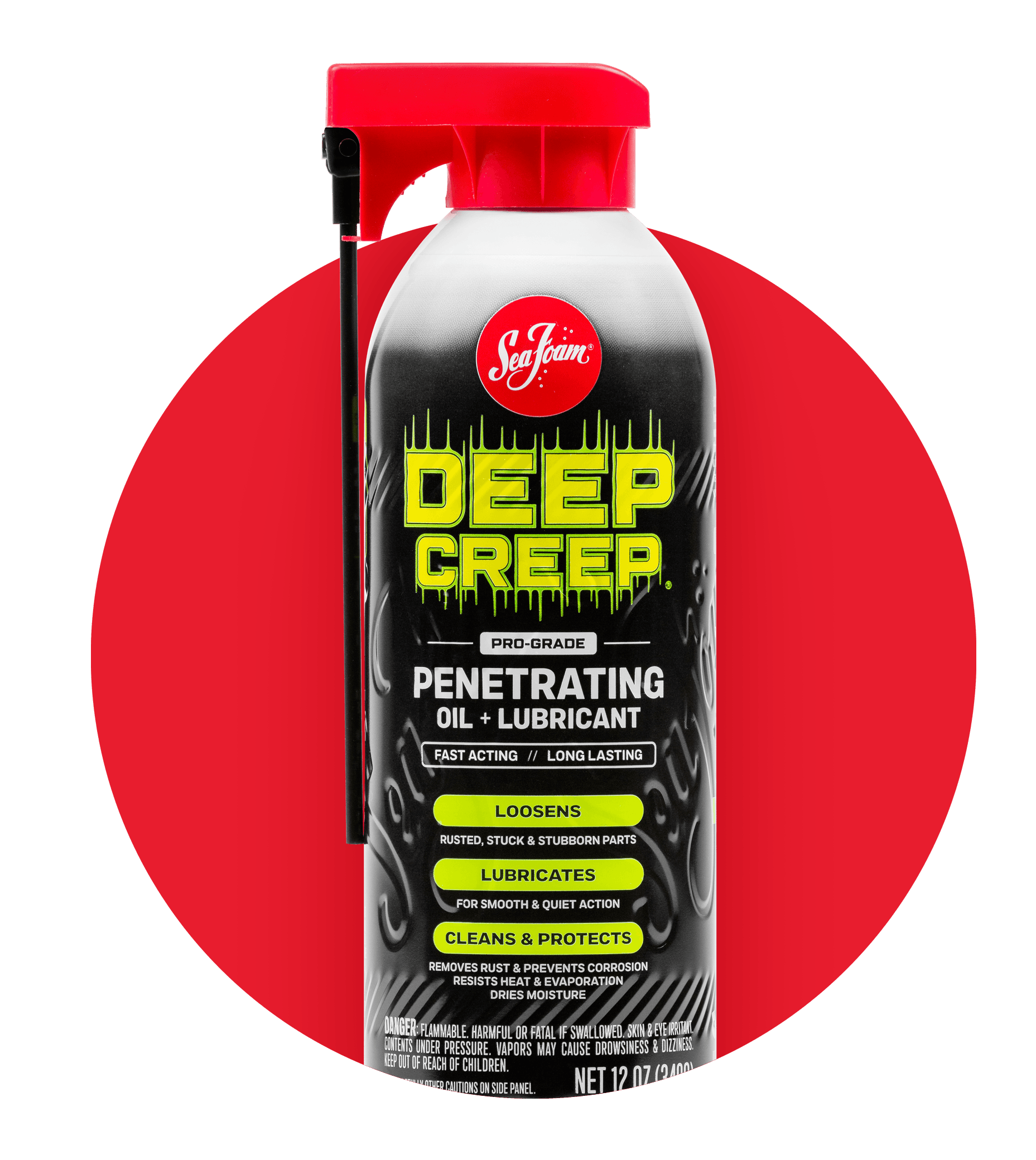HOW TO STORE POWER EQUIPMENT WITH SEA FOAM
Taking a little time now to properly prepare your power equipment for storage will ensure it operates as it should when you need it again, saving you time and money next year.
PREVENTING PROBLEMS
DURING STORAGE
three easy steps
Add at least 1 oz of Sea Foam per gallon in the tank. For best results, add a higher dosage of Sea Foam to a low tank of fuel to increase the cleaning ratio. Use up to a 3:1 ratio of fuel to Sea Foam.
Run the engine long enough for the treatment to work through the entire fuel system (about 5-10 minutes of idling).
From there, you can either store your equipment with the fuel tank partially empty or full. Sea Foam will stabilize your fuel for up to two years.
With the engine running, insert Sea Foam Spray straw (cut if needed) into intake throat (carburetor) or directly before throttle plate opening (fuel injection).
Spray a series of 3 to 5 bursts, then a final direct stream while shutting off the engine.
After fogging the intake, allow engine to cool and remove spark plugs.
Insert Deep Creep (or Sea Foam Spray) straw, and spray each cylinder cavity.
Before re-inserting spark plugs, crank engine to rotate pistons.
How sea foam motor treatment protects your power equipment during storage
#seafoamworks
related
products
For motors of all shapes and sizes.



